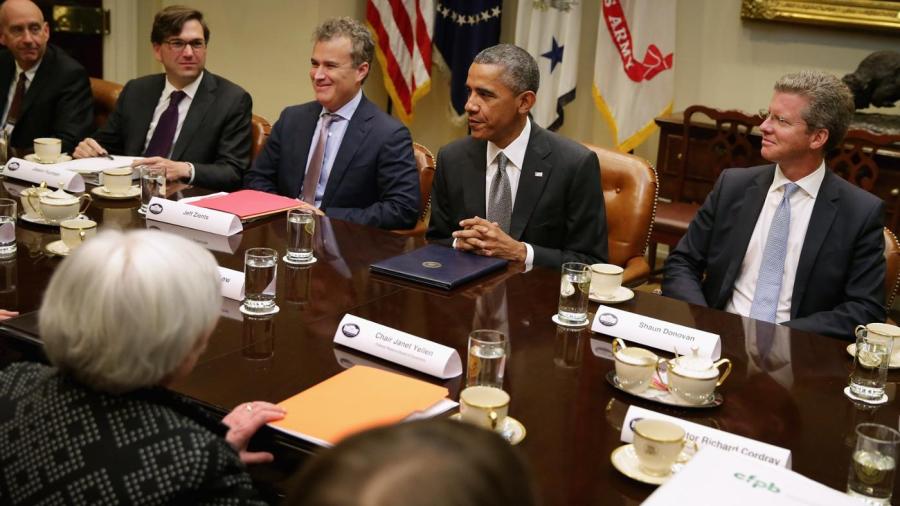How the Three Branches of Government Work Together

In the United States, there are three branches of government that have equal power. This ensures that one branch of the government isn’t more powerful than the others. The branches are legislative, judicial and executive.
Creation of the Branches When the founding fathers framed the constitution, they wanted to make sure that no one had too much control of the government. This is why they created the three branches of government. The three branches are designed to be a separation of powers. Each branch has its own responsibilities, however, the branches can’t act alone.
Legislative Branch The legislative branch is Congress. Congress is made up of the House of Representatives and the Senate. These two groups are designed to be the voice of the people. One of the main roles of Congress is to make and pass laws. To create laws, members of Congress draft bills in committees. These bills are then presented and debated in the house. Following debate, the house votes on the bill. If the bill passes, it goes on to the Senate. Members of the Senate debate the bill. Then it must be voted on by the Senate. Once the bill is passed, it moves on to the executive branch for review. The executive branch will determine if it will become law. It’s also the job of the legislative branch to watch over the activities of the president. If the president is found to be doing something wrong, Congress has the power to impeach the president.
Executive Branch The president is the head of the executive branch. This branch also includes the vice president and executive members. The president is responsible for carrying out federal laws and recommends new ones to legislative branch. When the president is given a bill from the legislative branch, the president must decide if it will become law. The president can sign the bill into law or veto it, which means it’s rejected. The president also acts as the commander in chief of the armed forces. This means, the president can call for the United States to engage in war. However, a declaration of war must be approved by the legislative branch.
Judicial Branch The judicial branch is the Supreme Court along with the lower courts. This branch interprets and explains the meaning of the Constitution. The Supreme Court makes sure that laws passed by Congress and the president follow the Constitution. If the law is found not to be constitutional, the judicial branch can overturn it. The Supreme court also rules on cases to determine if they’re constitutional. The Supreme Court has nine justices. The judges are nominated by the president and approved by the Senate.
Checks and Balances Each branch is responsible for watching over the other two. This keeps any one branch from gaining too much power. Under this system, the president can veto laws passed in Congress. It allows Congress to watch over the president’s appointments. Presidential appointments must get reviewed by Congress. Congress can also impeach the President. The Supreme Court watches over both of the other branches and can overturn laws if they find they’re not constitutional.





